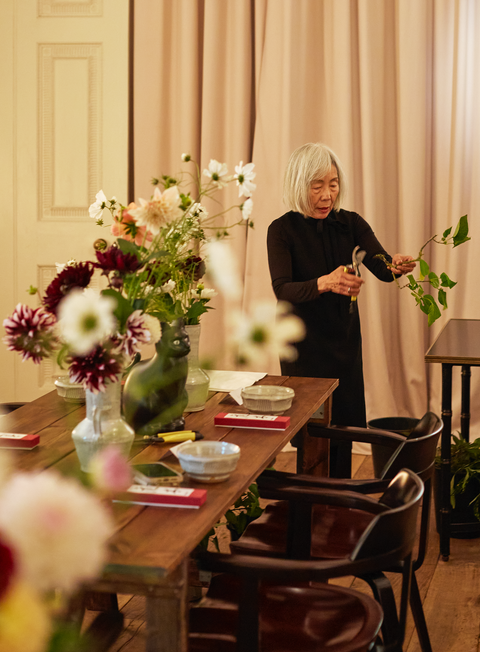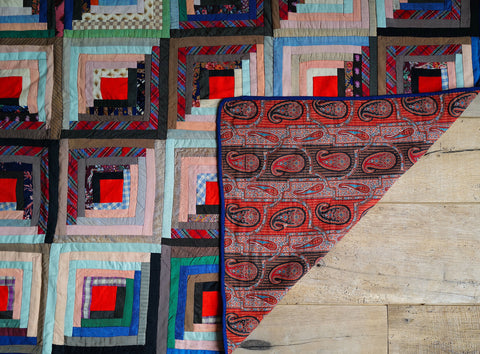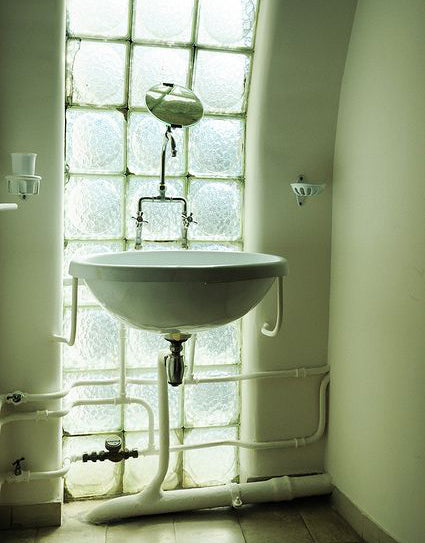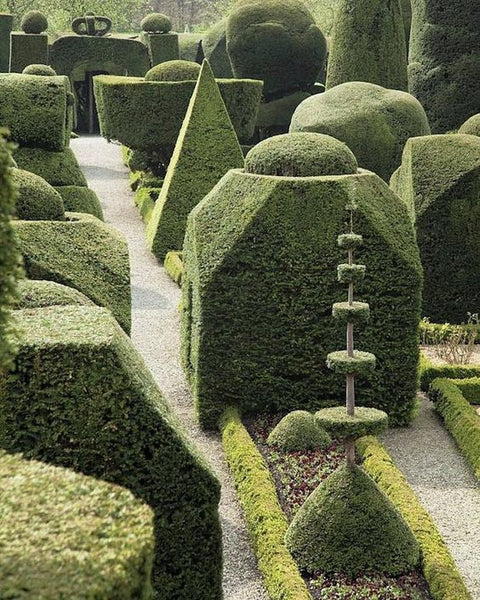
IKEBANA AND THE ART OF JAPANESE FLOWER ARRANGING

Ikebana originated in the 6th century, coinciding with the introduction of Buddhism to Japan from China. It is a practice rather than an action or activity; a dedicated ritual of creating both time and space for the mindful observation and interaction with nature. In this approach, form emerges from a heightened state of mindfulness rather than from a plan or intentional design.

It is a profound exercise in living in the present moment.

At its core, ikebana adheres to a fundamental structure, taking the shape of a triangle. This triangular arrangement symbolizes the harmonious balance among heaven, earth, and humanity.

Each ikebana creation is believed to be a reflection of the artist's inner state on that particular day. It serves as a window into one's emotional state, acting as a mirror that reflects our individual humanity within the natural world.







